Stopbullying.gov resources include Fact Sheets, Research Summaries, and Infographics that provide current research findings, evidence-based strategies, and data on bullying prevention. The resources can be utilized for bullying prevention by youth, parents, educators, youth-serving professionals, schools, health care providers, organizations, communities, and states. The resources can be shared, downloaded, and printed for distribution.
| Fact Sheets | Thumbnail |
|---|---|
| Bullying and Pediatricians Pediatricians and healthcare providers are important allies to help determine if a child is being bullied. They can alert parents to the signs of bullying and how it may impact a child’s health, and can provide resources for intervention, relief, and healing. Download Fact Sheet - PDF |
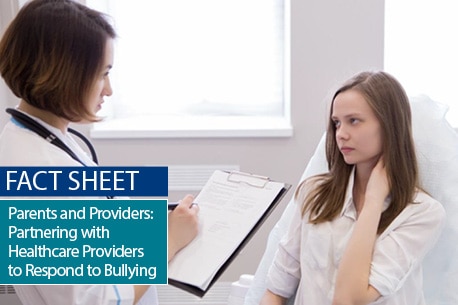 |
| Bullying as an ACE Bullying is a potentially traumatic adverse childhood experience or ACE that can have negative, lasting effects on a person. Strategies used by schools to address ACEs and prevent bullying can also be applied in other areas. Download Fact Sheet - PDF |
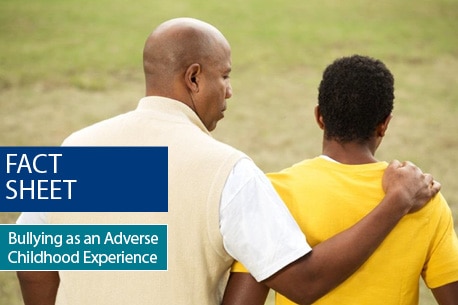 |
| Bystanders are Essential to Bullying Prevention and Intervention A bystander has the potential to make a positive difference in a bullying situation, particularly for the youth who is being bullied. Download Fact Sheet - PDF Download Fact Sheet Spanish - PDF |
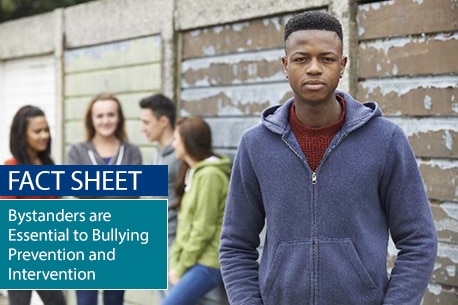 |
| Consequences of Bullying Bullying can have short and long term impacts on those who are bullied, those who bully, and those who witness it. It is important to understand how the consequences of bullying relate to other violent behaviors and mental health challenges, in order to effectively address them. Download Fact Sheet - PDF |
 |
| Digital Citizenship Skills Digital citizenship is appropriate, responsible behavior when using technology. When children learn positive online behaviors, social media can be used in productive ways. Download Fact Sheet - PDF Download Fact Sheet Spanish - PDF |
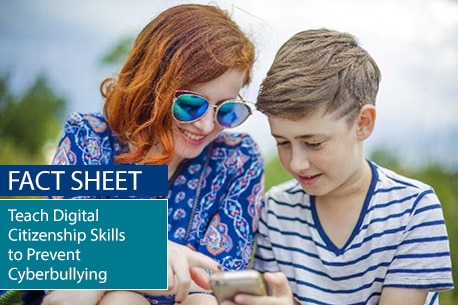 |
| Infographics | Thumbnail |
|---|---|
| A Tour Through StopBullying Poster Learn more about StopBullying.gov on what bullying and cyberbullying are, and who is at risk. This augmented-reality poster is a great resource to understand, prevent and respond to bullying. Download Poster - PDF Download Poster in Spanish |
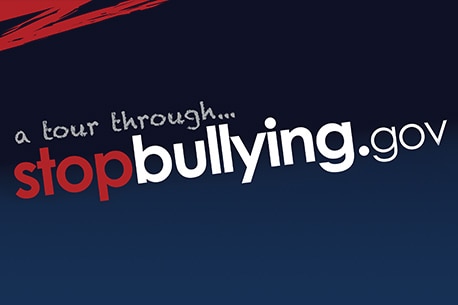 |
| Cyberbullying Facts An infographic with information and data on what cyberbullying is, how kids are cyberbullied, how cyberbullying is different from other types of bullying, and how to prevent and respond to cyberbullying. Download Infographic - PDF |
Image
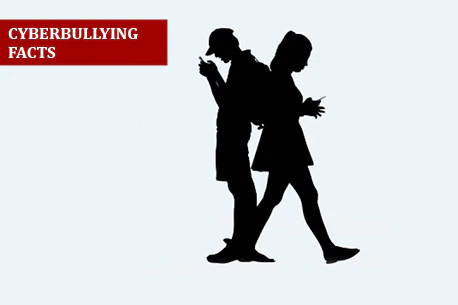
|
| Improving School Climate to Prevent Bullying Infographic with information and data on ways to improve school climate, including what school climate is, who contributes to school climate, and how to improve school climate and prevent bullying and violence. Download Infographic - PDF |
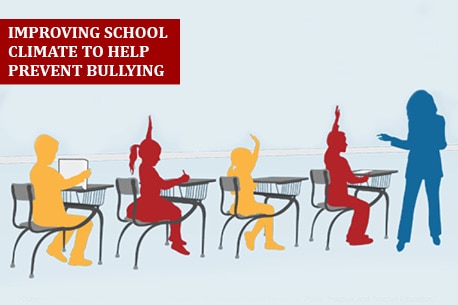 |
| Kindness Works Kindness is one of the most significant contributors to positive school climate. Being kind makes others happy, makes you feel good, and helps prevent bullying. Download Infographic - PDF Download Infographic in Spanish - PDF |
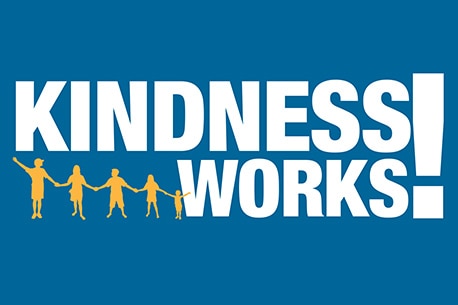 |
| Snapshot on Bullying in America Infographic with information and data on what bullying is, how kids bully, who is bullied, the impacts of bullying and bullying prevention strategies. Download Infographic - PDF |
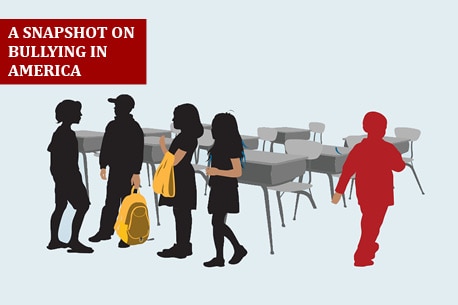 |
| Research Summaries | Thumbnail |
|---|---|
| Anti-Bullying Laws & Policies Anti-bullying laws are one prevention strategy that can change social norms. When researchers in the United States began studying bullying in the early 1990s, there were only a few anti-bullying laws and policies. Now, every state and most U.S. commonwealths and territories have a law or policy on bullying. Although no federal policy exists specific to bullying, other federal laws provide certain protections Download Research Summary - PDF |
Image
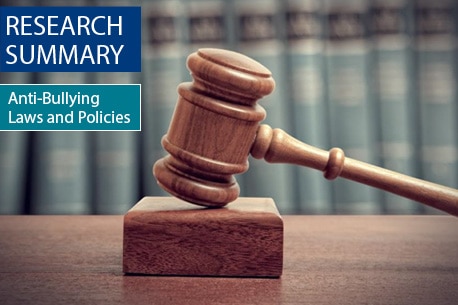
|
| Best Practices for State Departments of Education Anti-bullying laws and policies have a positive effect on reducing bullying and protecting students. State departments of education can create healthy school climates through a number of best practices. Download Research Summary - PDF |
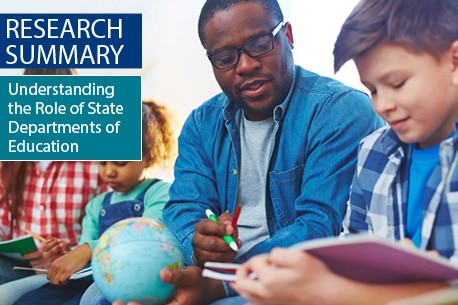 |
| How Youth Can Protect Themselves from Bullying One of the best ways that youth can protect themselves against being bullied is through healthy friendships and positive relationships with classmates. A wealth of research indicates that having a healthy peer network protects against being bullied and also helps reduce the negative effects of being bullied, such as feeling depressed and anxious. Download Research Summary - PDF |
Image
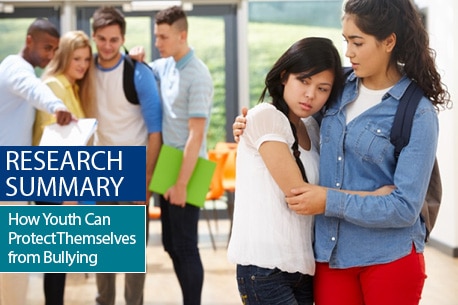
|
| Integrated Healthcare Integrated health care provides many opportunities for discussing bullying during well-child care visits, annual school physicals, sports physicals, and acute care. If a child or teen experiences bullying, an integrated health care team can help develop a bullying prevention plan. Download Research Summary - PDF |
 |
| MTSS Prevention Approaches and Effective Intervention Research shows that both students and educators benefit from bullying prevention efforts. Learn about Multi-Tiered Systems of Support - different types of school-based interventions that address different levels of student bullying prevention needs. Download Research Summary - PDF |
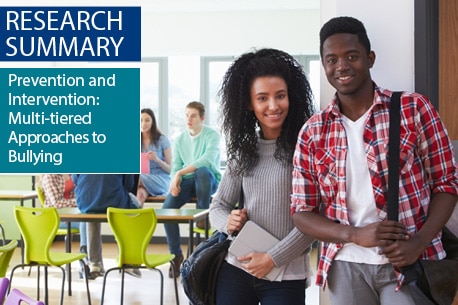 |
| Preventing Bullying Through Moral Engagement Research Summary To help prevent bullying, school staff can foster moral engagement and model pro-social behavior. Implementing moral engagement and bullying prevention and intervention strategies can promote a positive school climate, so everyone feels safer and more connected. Download Research Summary - PDF |
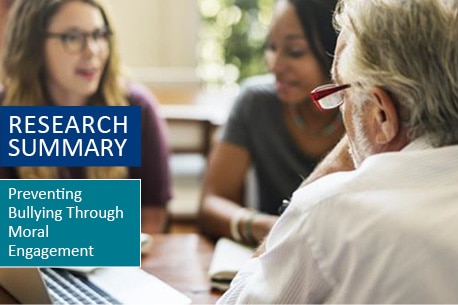 |
| Social Emotional Learning and Bullying Prevention Social emotional learning (SEL) is an educational approach that helps people develop social skills and awareness of themselves and others. School-based SEL can help students improve their academic and interpersonal success. It focuses on the positive behaviors of students instead of the negative behaviors to promote youth development. Download Research Summary - PDF |
Image
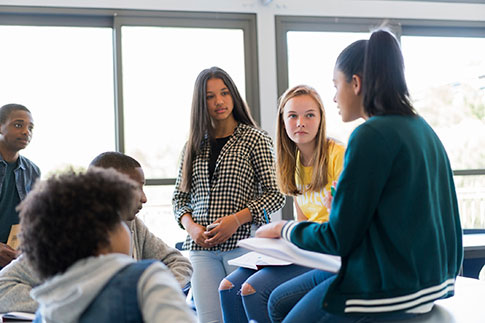
|

